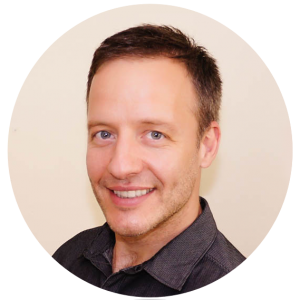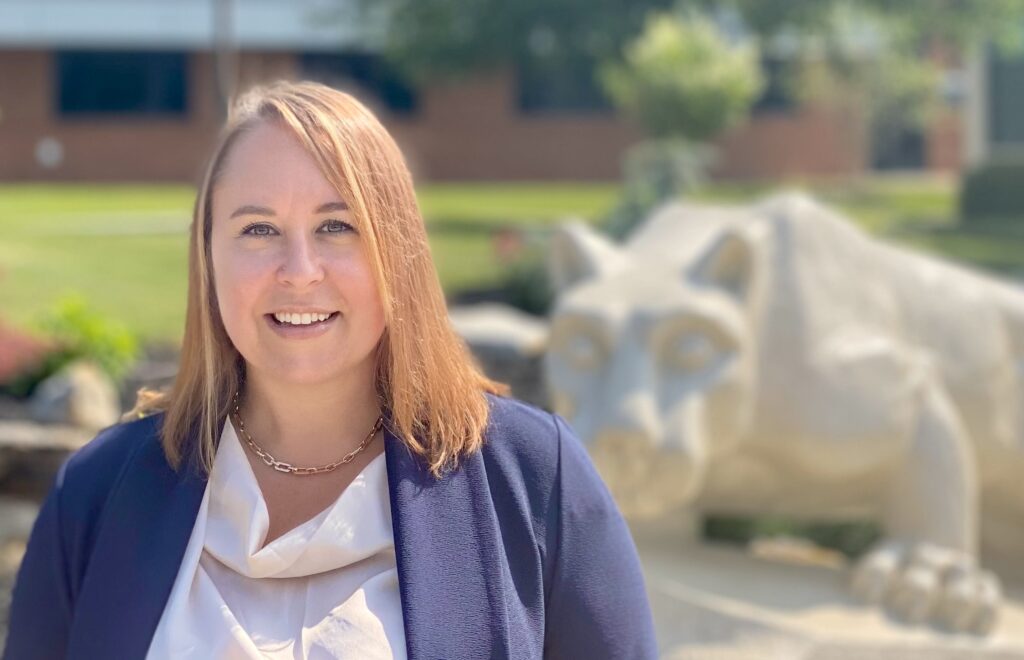
Dr. Istvan Albert is an associate professor of bioinformatics in the Biochemistry and Molecular Biology Department, director of the Bioinformatics Consulting Center, and director of the Penn State World Campus Graduate Certificate in Applied Bioinformatics. Istvan sat down with us to explain the field of applied bioinformatics and how his teaching is making an impact. Here’s his story:
Please give our readers a sense of your teaching background.
I started at Penn State in a research oriented position in Bioinformatics but soon recognized the need to teach computational skills to biologists. The new millennium brought substantial changes to life sciences, enabling high throughput data acquisition by directly measuring DNA. This, in turn, requires computational skills that traditional life sciences curricula did not cover at all. Based on this observation, I proposed launching a new, graduate-level computational elective titled Practical Data Analysis for Life Scientists. The course was approved for one year and turned out to be very popular!
The success of the Practical Data Analysis course and its reception over the next two years demonstrated the need to develop it to the next level and refocus it from purely computational skills to those that related to the study of the analysis of the genome of living organisms. The course has become a standard fixture of the Bioinformatics and Genomics Program and, starting in 2015, I reworked it for the online format.
Can you explain the field of Applied Bioinformatics?
Bioinformatics is the science that studies how to extract and interpret the information encoded in genomes. It is a new and fast-developing domain of scientific discourse that borrows from and relies on other fields of science, such as computer science, information technology, and statistics. Applied bioinformatics targets the application of the advances of bioinformatics to biological problem solving. It focuses on choosing the correct methodology and application of it on a dataset, as well as on interpretation of the results produced by a given methodology.
Can you explain how this field incorporates the areas of molecular and cellular biology, genetics, biomedical engineering, medical science, scientific programming, and software development?
Genomic data interpretation is very complex. The complexity is caused by the sheer amount of data, by the way information is encoded, by the biological phenomena that may be captured, and by the interactions between the various components of the cell. Hence, to decode and interpret this information we have to simultaneously apply methods from various fields of science. Computer science directs us toward choosing the right algorithm, visualization techniques allow us to identify relevant components, biological sciences help us describe the phenomena that take place, and medical sciences tell us the effects on health-related outcomes.
Can you provide a real-life example of how Applied Bioinformatics impacts our daily lives?
There is an ever-growing field of applications that integrates this scientific field into society as a whole. The number of applications will continue to grow. For example, applied bioinformatics methods allowed scientists to trace the evolution and find the origin of the geographical spread of the Ebola virus that caused the 2014 West African outbreak. It has been reported that the FDA will require that, within a few years, all foodborne bacterial and viral contaminations be detected and tracked with sequence-based and, hence, bioinformatics methods. The most visible applications will come from medical applications. There is a strong movement to make every person’s genetic sequence part of his or her health record — so that analyzing and mining that data will produce early warning signs of clinical importance. This analysis will be performed with applied bioinformatics methods.
Tell us about the book you’re developing.
I am now developing an applied bioinformatics textbook called the Biostar Handbook. The name refers to the Biostars Q&A: Bioinformatics question-and-answer site, https://www.biostars.org, which I have created and am maintaining as well.
The Biostar Handbook specifically targets online learning and attempts to augment online education with a collection of information as an e-book, as well as with additional web resources.
The book at the publisher’s website is https://leanpub.com/biostarhandbook.
The analytics code will be shared via http://www.biostarhandbook.com.
This is necessary because bioinformatics, as mentioned, is a complex and fast-moving science where new discoveries are adopted at a dizzying pace. Practitioners need to have a strong understanding of the core concepts, and they also need to keep up with the latest developments, a task that can be daunting. The book and accompanying website will be integrated in the online materials and will become complementary elements of the online course. They will serve in the future as the repository of the updated knowledge as well.
What specific courses do you teach for Penn State World Campus?
I teach 852 Applied Bioinformatics in residential instruction as well as online.
What unique learning characteristics do Penn State World Campus students bring to the classroom environment?
I believe that courses designed for the online environment require understanding and accommodating a far more diverse audience than what we typically observe in resident instruction. This requires course materials to be more focused and offer more alternatives to empower students to resolve/clarify issues themselves.
What do you do in your free time?
I like to take rugged day hikes in somewhat remote locations. For example, hiking down into the inner canyon from the North Rim of the Black Canyon of Gunnison, or hiking up to the Golden Horn in the San Juan Mountains (both in Colorado), have been unforgettable experiences.
What’s the best part about being a Penn Stater?
For me, being a Penn Stater is being in a place and environment that allows one to become who they want to be.

